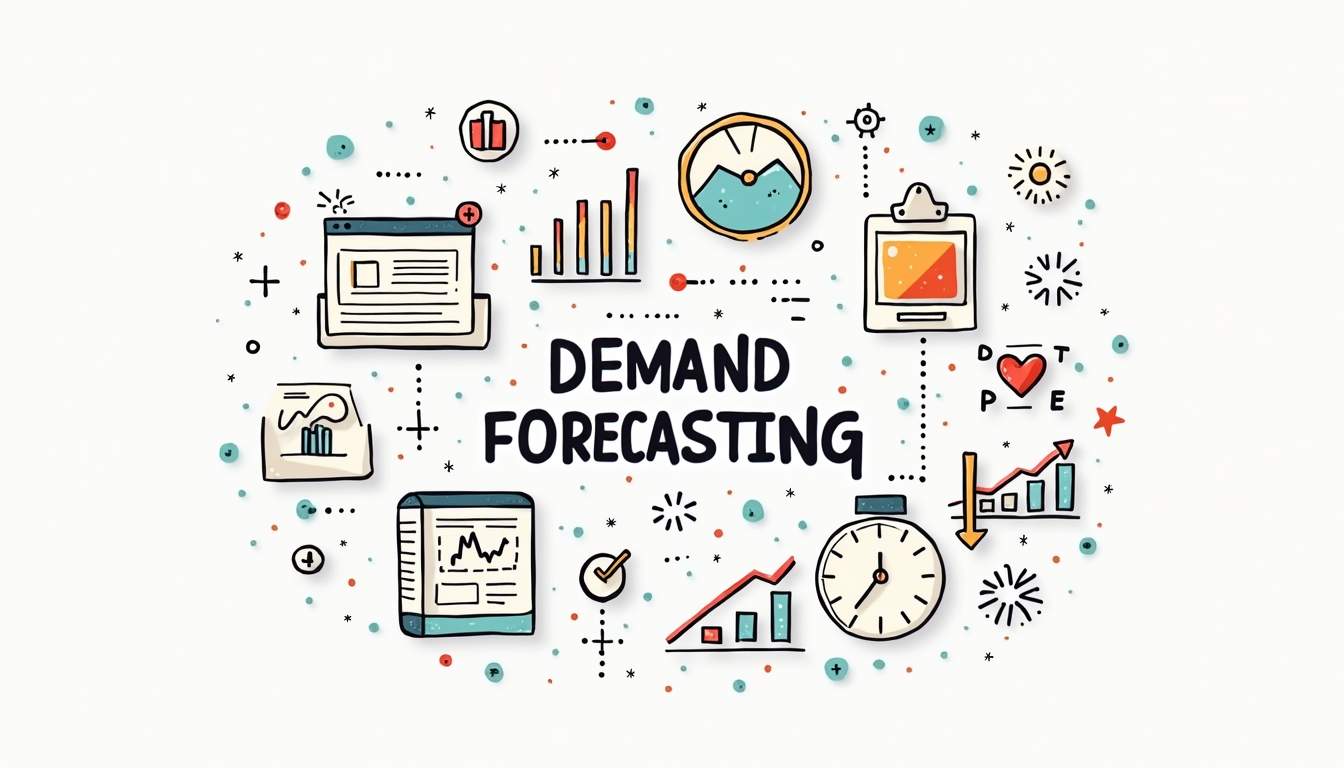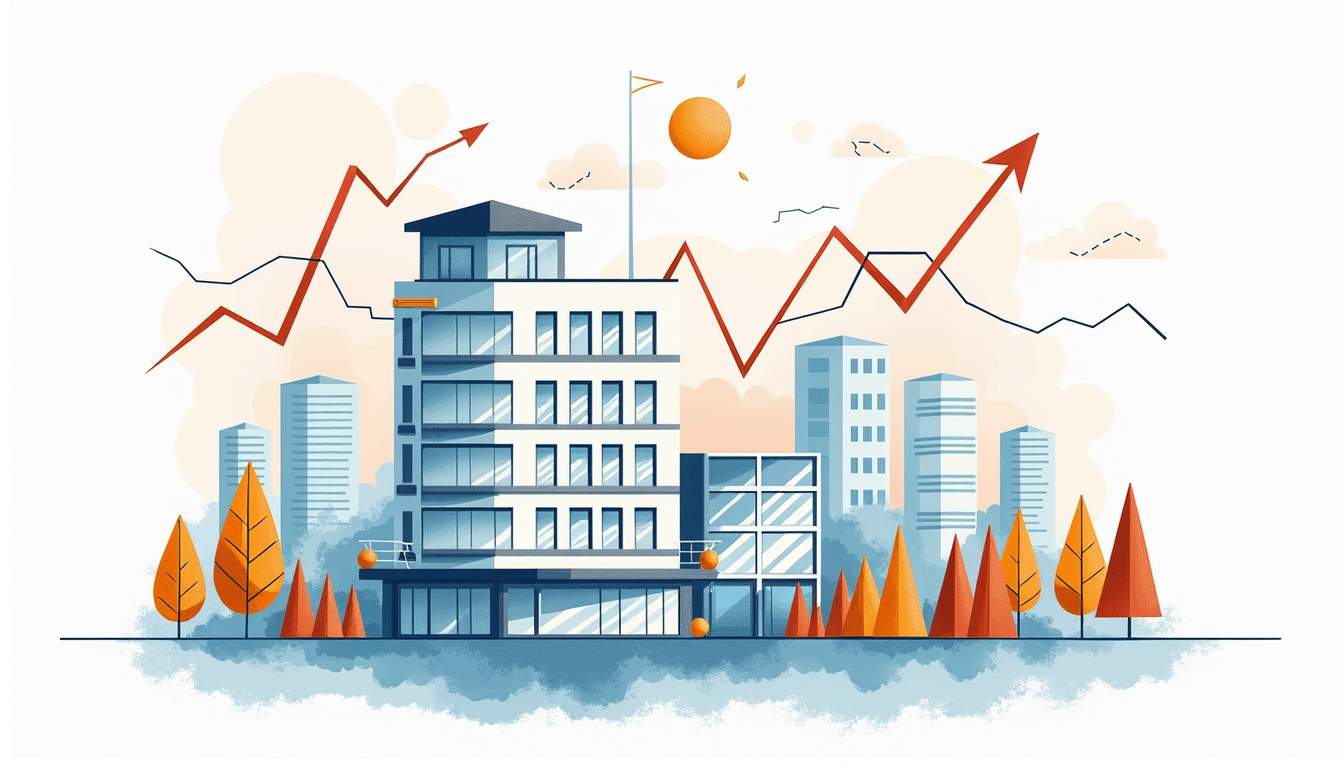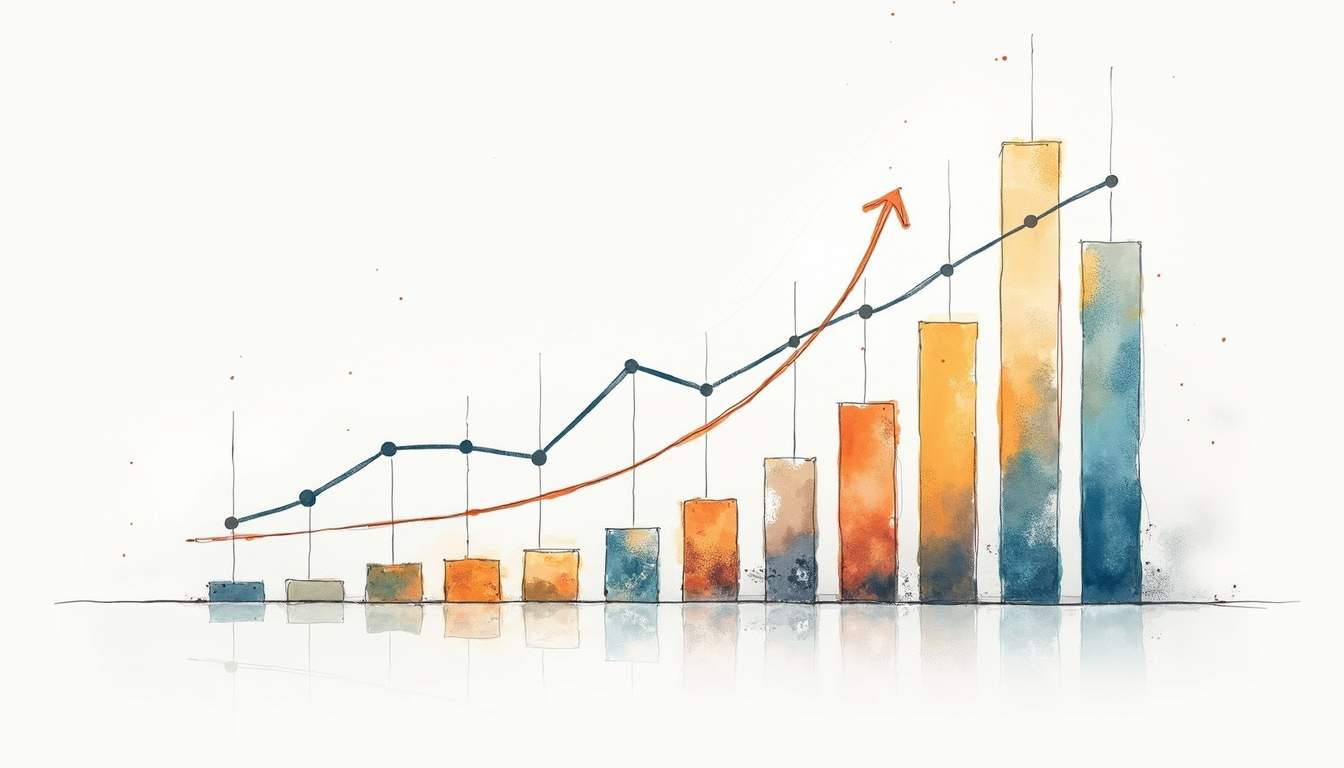Introduction to Demand Forecasting
Demand forecasting is a critical component of hotel revenue management, which involves predicting future customer demand for hotel rooms and services. This process utilizes historical data, market trends, and various analytical techniques to estimate how many guests will book rooms at a given time. Accurate demand forecasting allows hotel managers to make informed decisions regarding pricing, inventory management, and marketing strategies, ultimately maximizing revenue and occupancy rates.
The importance of demand forecasting in the hospitality industry cannot be overstated. It serves as the backbone of revenue management strategies, enabling hotels to anticipate fluctuations in demand due to seasonality, special events, or economic changes. By understanding these patterns, hotels can adjust their pricing models and promotional efforts accordingly, ensuring they remain competitive in a dynamic market.
In essence, demand forecasting is not just about predicting the number of guests; it encompasses a comprehensive analysis of various factors that influence customer behavior, including market conditions, competitor pricing, and consumer preferences. This multifaceted approach allows hotels to optimize their operations and enhance guest satisfaction.
Key Components of Demand Forecasting
Historical Data Analysis
One of the primary sources of information for demand forecasting is historical data. Hotels often analyze past booking patterns, occupancy rates, and revenue figures to identify trends and establish baseline expectations for future demand. This data can be segmented by various factors, such as time of year, day of the week, and room type, providing valuable insights into customer behavior.

For instance, a hotel may observe that occupancy rates tend to spike during summer months or holiday weekends. By recognizing these patterns, revenue managers can better prepare for high-demand periods by adjusting pricing strategies and staffing levels to accommodate increased guest activity.
Moreover, historical data can also highlight anomalies or outliers that may impact future demand. For example, if a major event occurred in the past that significantly boosted occupancy rates, it is essential to consider whether similar events are scheduled in the future and how they might influence demand.
Market Trends and Economic Indicators
In addition to historical data, understanding current market trends and economic indicators is crucial for accurate demand forecasting. Factors such as economic growth, unemployment rates, and consumer confidence can significantly impact travel behavior and hotel bookings. For example, during periods of economic prosperity, people are more likely to travel for leisure or business, leading to increased demand for hotel accommodations.
Furthermore, market trends can also be influenced by external factors, such as changes in travel regulations, technological advancements, and shifts in consumer preferences. For instance, the rise of remote work has changed the way people travel, with many opting for longer stays in leisure destinations. Hotels must stay attuned to these trends to adapt their offerings and marketing strategies accordingly.
By combining insights from historical data with an understanding of market trends and economic indicators, hotels can create a more comprehensive demand forecasting model that accounts for both past performance and future potential.
Statistical and Analytical Techniques
Demand forecasting employs a variety of statistical and analytical techniques to refine predictions and enhance accuracy. Common methods include time series analysis, regression analysis, and machine learning algorithms. Time series analysis involves examining historical data over time to identify patterns and trends, while regression analysis explores the relationship between demand and various independent variables, such as pricing and marketing efforts.
Machine learning algorithms have gained popularity in recent years due to their ability to process vast amounts of data and identify complex patterns that may not be apparent through traditional methods. These algorithms can continuously learn and adapt based on new data, improving the accuracy of demand forecasts over time.
Additionally, hotels may utilize software solutions that integrate these analytical techniques into their revenue management systems, providing real-time insights and automated forecasting capabilities. This technological advancement allows hotels to respond more swiftly to changing market conditions and optimize their pricing strategies accordingly.
The Role of Demand Forecasting in Revenue Management
Dynamic Pricing Strategies
One of the most significant applications of demand forecasting in hotel revenue management is the development of dynamic pricing strategies. Dynamic pricing involves adjusting room rates based on real-time demand and market conditions. By leveraging accurate demand forecasts, hotels can implement pricing strategies that maximize revenue while remaining competitive in the marketplace.

For example, during periods of high demand, hotels may increase room rates to capitalize on the influx of bookings. Conversely, during low-demand periods, they may lower rates or offer promotional packages to attract guests. This flexibility in pricing allows hotels to optimize occupancy rates and revenue throughout the year.
Moreover, dynamic pricing strategies can be further enhanced by incorporating competitor pricing data and market analysis. By understanding how competitors are pricing their rooms, hotels can make informed decisions about their own pricing strategies, ensuring they remain attractive to potential guests.
Inventory Management
Effective inventory management is another critical aspect of revenue management that relies heavily on demand forecasting. Hotels must balance the availability of rooms with anticipated demand to maximize occupancy and revenue. Accurate forecasts enable hotels to allocate their inventory strategically, ensuring that they do not overbook or underbook rooms.
For instance, if a hotel anticipates high demand for a particular weekend due to a local event, they may choose to limit the availability of discounted rates to ensure that they can capture higher-paying guests. Conversely, during periods of low demand, hotels may offer more competitive rates to encourage bookings and avoid empty rooms.
Furthermore, demand forecasting can help hotels identify optimal lead times for bookings, allowing them to adjust their inventory strategies accordingly. By understanding when guests are most likely to book, hotels can optimize their distribution channels and marketing efforts to capture demand effectively.
Marketing and Promotional Strategies
Demand forecasting also plays a vital role in shaping marketing and promotional strategies for hotels. By understanding when demand is likely to peak or dip, hotels can tailor their marketing efforts to align with these trends. For example, during low-demand periods, hotels may implement targeted marketing campaigns or special promotions to attract guests and boost occupancy rates.
Additionally, demand forecasts can inform the development of packages and offers that cater to specific customer segments. For instance, if a hotel anticipates increased demand from business travelers during a particular season, they may create tailored packages that include amenities such as meeting room access or complimentary breakfast.
Moreover, hotels can utilize demand forecasts to optimize their online marketing strategies, ensuring that they reach potential guests at the right time with the right message. By leveraging data-driven insights, hotels can enhance their marketing effectiveness and drive bookings more efficiently.
Challenges in Demand Forecasting
Data Quality and Availability
One of the primary challenges in demand forecasting is ensuring the quality and availability of data. Inaccurate or incomplete data can lead to flawed forecasts, resulting in poor decision-making and lost revenue opportunities. Hotels must invest in robust data collection and management systems to ensure that they have access to accurate and comprehensive information.
Additionally, the hospitality industry is subject to various external factors that can impact demand, such as natural disasters, political events, or health crises. These unpredictable events can disrupt historical patterns and make forecasting more challenging. Hotels must remain agile and adaptable, continuously monitoring external factors that could influence demand.
To mitigate these challenges, hotels may consider utilizing third-party data sources or collaborating with industry partners to enhance their forecasting capabilities. By leveraging a broader range of data, hotels can improve the accuracy of their demand forecasts and make more informed decisions.
Technological Limitations
While advancements in technology have greatly enhanced demand forecasting capabilities, there are still limitations that hotels must navigate. Many hotels may lack access to sophisticated forecasting tools or the expertise required to implement complex analytical techniques. This can hinder their ability to generate accurate forecasts and optimize revenue management strategies.
Furthermore, the rapid pace of technological change can make it challenging for hotels to keep up with the latest tools and methodologies. As new forecasting techniques and software solutions emerge, hotels must invest in training and development to ensure their staff is equipped to leverage these advancements effectively.
To address these technological limitations, hotels may consider partnering with revenue management consultants or investing in training programs for their staff. By enhancing their technological capabilities, hotels can improve their demand forecasting accuracy and overall revenue management effectiveness.
Conclusion
In conclusion, demand forecasting is a fundamental aspect of hotel revenue management that enables hotels to anticipate customer demand and optimize their pricing, inventory, and marketing strategies. By leveraging historical data, market trends, and advanced analytical techniques, hotels can create accurate forecasts that drive revenue and enhance guest satisfaction.

Despite the challenges associated with demand forecasting, such as data quality and technological limitations, hotels that invest in robust forecasting practices are better positioned to navigate the complexities of the hospitality market. As the industry continues to evolve, the importance of accurate demand forecasting will only grow, making it an essential focus for hotel managers and revenue professionals.
Ultimately, effective demand forecasting empowers hotels to make data-driven decisions that maximize revenue potential, ensuring their long-term success in a competitive landscape.
Maximize Your Hotel’s Revenue with Prosper Hotels
Ready to transform your hotel’s revenue management strategy? At Prosper Hotels, we specialize in elevating your hotel’s performance with our expert revenue management solutions. Our dedicated team uses the latest digital marketing techniques and efficient group housing services to ensure your hotel thrives. Embrace the power of accurate demand forecasting and join the ranks of successful hotels that have partnered with us. Learn More about how we can help you achieve your hotel’s maximum potential and secure the happiness and success of your team.


 Drive More Hotel Revenue
Through Untapped Strategies
Drive More Hotel Revenue
Through Untapped Strategies
